#Ferrari V8
Text







Sbarro Super Eight, 1984. Presented 40 years ago at the Geneva Motor Show, a relatively modest looking hatchback body covering the mid-engined drivetrain of a Ferrari 308 GTB. It remained a one-off
#Sbarro#Sbarro Super Eight#Ferrari V8#concept#prototype#design study#mid-engine#V8#hatchback#hot hatch#coachbuilt#Geneva Motor Show#one-off#show car#Ferrari 308 GTB#40 years ago#1984#1980s
838 notes
·
View notes
Text
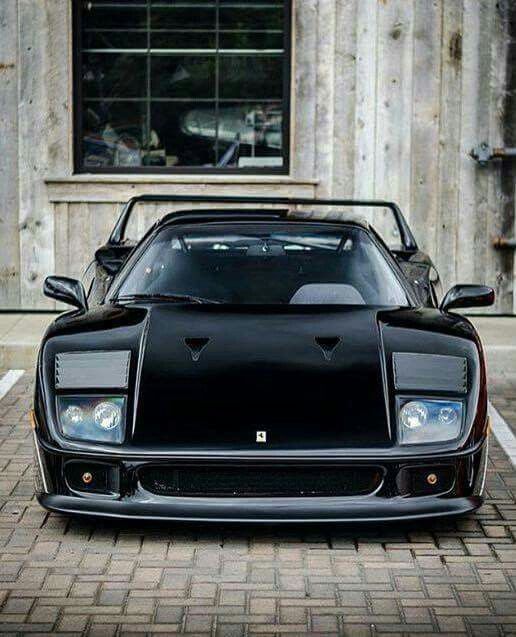
157 notes
·
View notes
Text
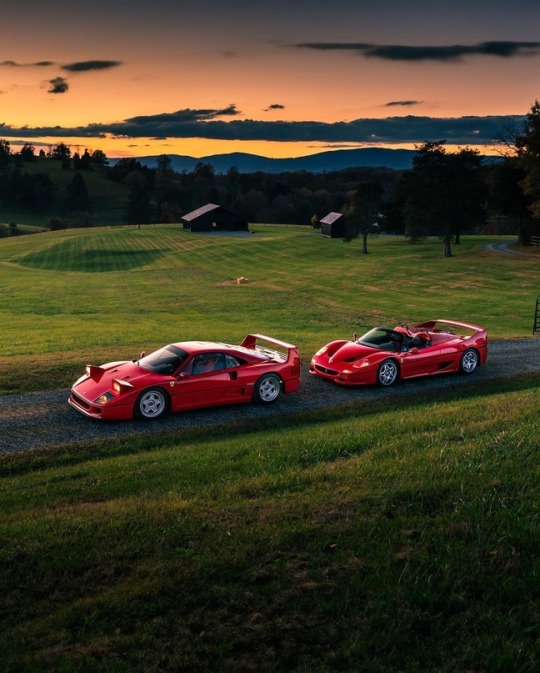
F40 Or F50?
49 notes
·
View notes
Text





2021 "The Brawler" 1970's Ferrari 308 GTS, by Carlos Pecino.
Restomod Repowered by a 710hp McLaren M840T twin-turbocharged V8.
85 notes
·
View notes
Text

TOP ⚜️ 1968 Ford Mustang With 4.3L Twin-Turbo Ferrari V8 Engine
#aabr#luxury car#carros#cars#autos#top#luxury#super cars#luxury top#supercars#ford#1968#ferrari#ford mustang#ferrari v8 engine
21 notes
·
View notes
Note
This might be massively controversial but modern F1 starts with the end of Michael's reign to me, like 1980-2004 I think of as classic and pre-1980 as vintage
I guess the shift in the sport after Ferrari's domination just feels like a natural end of an era to my brain, and things pre-Piquet/Prost/Senna feels vintage
NO GRACE YOU'RE SO RIGHT!!! EXACTLY IT!!!!!!!!!!!!
No because that's exactly how I categorize them in my head too!! Like what you said about how modern f1 starts in 2005, exactly!!! That's why I list my fav seasons as 2005-2013 because that to me is an era in it of itself! The end of Ferrari domination really does feel like a distinct turning point. Kind of closing the book on all those drivers to me I guess, like yeah they existed in the sport after that point, but then all of the drivers dominating debuted in 2000 and beyond.
Anything pre-80s is pretty unknown to me so it's kinda hard to put that into categories bcs it feels so distant, other than Hunt-Lauda of course haha, so that's vintage. And then 1980s-2004 is classic, which is honestly so apparent when you talk to older fans(When I started talking to my brother about f1, he'd always laud that era as the peak.) Honestly I'd mark the Prost-Senna era(with all the other drivers from that time like Piquet/Mansell/etc) as different from post-1993, because it feels like a whole new group of drivers. I think the 90s are like the 2000s in that way, like mid-decade it feels like a new group of drivers take over if that makes sense? Tbh that's every decade, but 2010s it doesn't feel like that as much and it's weird to me because 2010-2013 feels completely different to 2014-2019, one domination directly to the next y'know.
For me personally, I guess I do it both by eras like vintage/classic/modern, but then all the drivers are grouped in my head by debut year. In terms of debut year, pre-80s is vintage, 1980-1999 is classic, and then after that I group modern f1 drivers as: 2000-2005, 2006-09, 2010-14, 2015-19, 2020-now. I could go on a whole ramble about how I view all those different groups 😭 I even made a color-coded guide for myself :,)
#sorry for the super long response but !!!!!!!!#god i love the history of it all#and how to group them and such#cause they all just feel so distinct to me#and its why when i watching old seasons i started w 2005 bcs thats a distinct season to me in terms of era#2005-2013 MY BELOVED!!!!!!!!! V8 era(kinda)#2005 is interesting bcs its a definite turning point but also cant really be grouped with either the era before or after#it cant go with 2004 because as you said the end of ferrari domination is a massive end to an era#so i group it with 2006-2013 which is the V8 era but then 2005 is V10 so i cant call it just the v8 era even tho they belong together imo#it breaks my brain a little trying to categorize it because even like the former half of a decade feels distinct from the latter half#but ah no official titles for all these eras which is kinda a shame#id love to give them titles!!!#thank you for the ask grace!!!! as you can see i really like this topic :)#catie.asks#catie.rambling.txt
17 notes
·
View notes
Video
youtube
Ford vs Ferrari / It's A Perfect Lap
#youtube#movie#ford#ferrari#ford vs ferrari#gt 40#v8#le mans#classic#ken miles#cobra#race#racing#24h
10 notes
·
View notes
Photo
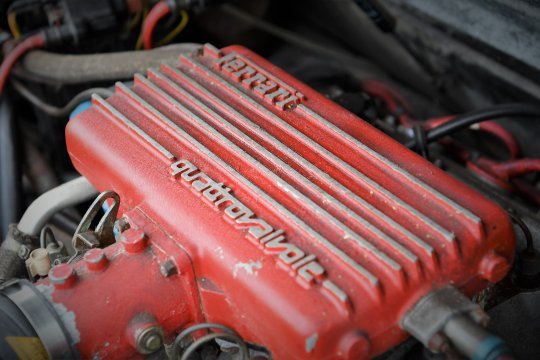
85 notes
·
View notes
Photo

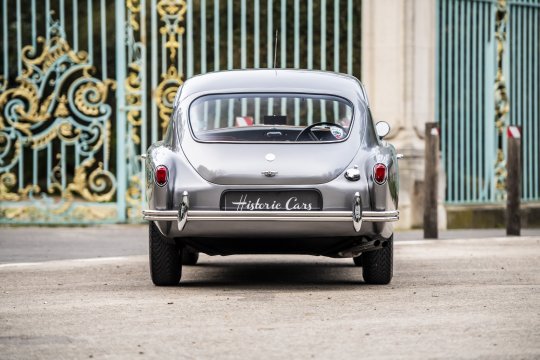







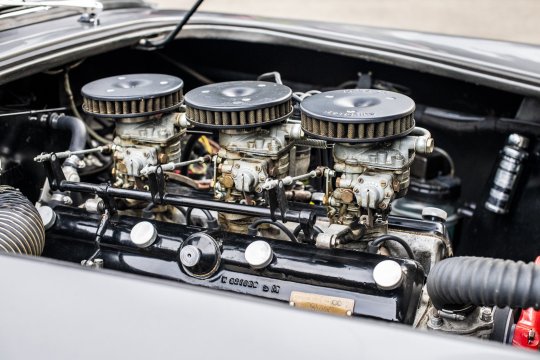
AC Aceca
The small Bristol-powered racer, designed by John Tojeiro in the early 1950s, was a great success in competition with Cliff Davis. AC Cars, renowned for its sporty models but with an ageing range, was looking for a new model and took a keen interest in Tojeiro's small car and decided to put it into production in 1954, under the name Ace. The Tojeiro bodywork was virtually a carbon copy of the beautiful Touring designed Ferrari 166 MM barchetta and was carried over to the Ace with minor modifications. It was based on a ladder chassis with independent suspensions, inspired by the Cooper that John Tojeiro had also designed.
However, AC did not use the Bristol engine for its model, preferring to stick with the good old 2 litre long stroke six cylinder engine with overhead camshaft. It was designed in 1919 and its modest 80 hp was a bit too much for a modern sports car.
The engine was increased to 100 hp, which gave the Ace a respectable, but not spectacular, performance. A very attractive and original fastback coupé version, designed by Alan Turner and named Aceca, was unveiled at Earls Court in London in 1954. Its body was constructed from hand-formed aluminum sheet and was supported by a tubular truss. To reduce the resonance box effect in the passenger compartment, AC mounted the components on rubber blocks. The tubular chassis was more solidly built than that of the Ace.
The Aceca was a very attractive, light and well powered GT car. The Ace and Aceca helped to restore AC's pre-war notoriety among sports connoisseurs. The Ace and Aceca underwent very few changes during their careers, apart from the replacement of the engine in 1956, when the more powerful 2-litre Bristol six-cylinder (up to 130 bhp) became available. Towards the end of production, the excellent 2.6 litre Ford Zephyr engine, light and small for its displacement, was finally adopted. The combination of a stiff chassis that held the road well and an interesting power-to-weight ratio - with the Bristol engine the car was already reaching 190 km/h - allowed the Ace version to achieve many racing successes in the production Sport class, its best result being seventh place overall and first in class at Le Mans in 1959.
The rest of the story is known. This well-born car was chosen by Carroll Shelby to install a Ford V8 in its specially strengthened chassis, giving birth to the mythical Cobras which definitively took AC out of a restricted circle of connoisseurs and gave it international recognition.
#AC Aceca#John Tojeiro#Cliff Davis#Ferrari 166 MM#cooper#ace#Bristol#Ford Zephyr#Le Mans#Carroll Shelby#Cobra#Ford V8
48 notes
·
View notes
Text

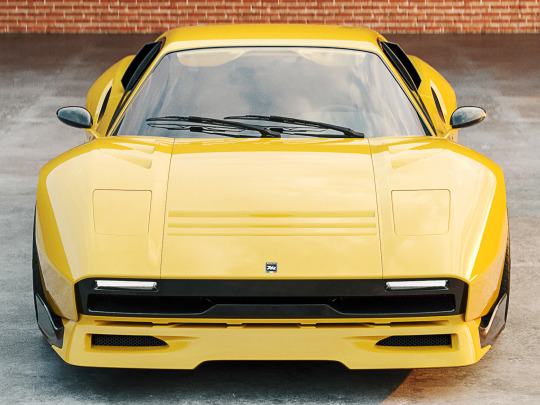

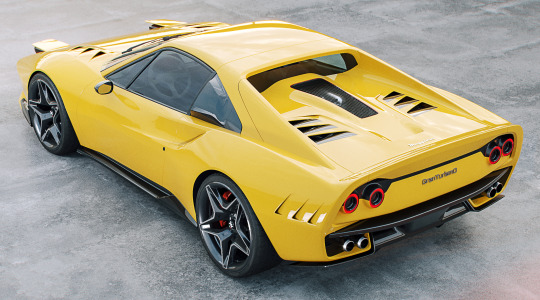
Maggiore GranTurismO, 2022. Effectively a "restomod" based on a Ferrari 308 GTB that is a tribute to the Ferrari 288 GTO. Extensively rebuilt with an aerospace-derived aluminium-alloy suspension setup and Brembo racing brakes. The originally transversally mounted V8 has been mounted longitudinally (like the GTO) rebuilt and fitted with sequential turbochargers to produce 592hp. Automobili Maggiore is a contemporary reboot of the coachbuilder Maggiora SRL
#Maggiore#Maggiore GranTurismO#2022#restomod#Ferrari 308 GTB#coachbuilt#mid-engine#V8#turbocharged#Automobili Maggiore#concealed headlamps
796 notes
·
View notes
Text

122 notes
·
View notes
Photo
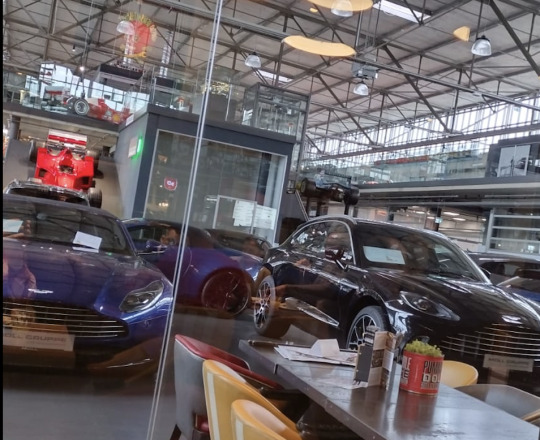
Gazing at Michael Schumacher’s racing cars as I eat my breakfast - heaven!
#Michael Schumacher Private Collection#V8 Hotel Köln#Formula One#Michael Schumacher#Ferrari#Bennetton Racing
12 notes
·
View notes
Text

8 notes
·
View notes
Text

F40
48 notes
·
View notes
Text

From December, 2022
#car#Ferrari#Ferrari SF90 spider#leica m10 r#blue Ferrari#aerochrome#original photography on tumblr#v8#december 2022#super car
7 notes
·
View notes
